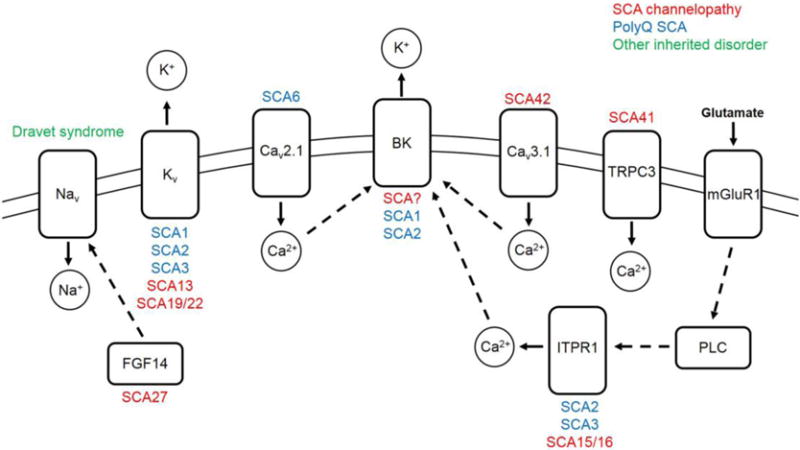Figure 1. Ion-channel dysfunction is associated with spinocerebellar ataxia in humans and rodent models.

Ion-channels, which are displayed in the cell membrane, and other ion-channel associated proteins causing spinocerebellar ataxia in humans or rodent models of disease, are shown. SCAs associated with each protein are listed above or under each protein. Mutations which result in an SCA channelopathy are listed in red. Ion-channel dysfunction in mouse models of polyQ SCA are listed in blue. Dravet syndrome, a severe myoclonic epilepsy of infancy which can result in ataxia, is shown in green. Dashed arrows signify a protein-protein interaction. Solid arrows signify the direction of ion movement upon channel activation. Abbreviations: SCA, spinocerebellar ataxia; polyQ, polyglutamine; Nav, voltage-gated sodium channel; Kv, voltage-gated potassium channel; Cav, voltage-gated calcium channel; BK, large conductance calcium-activated potassium channel; TRPC3, transient receptor potential cation channel type 3; mGluR1, metabotropic glutamate receptor type 1; FGF14, fibroblast growth factor 14; ITPR1, inositol 1,4,5 trisphosphate receptor type 1; PLC, phospholipase C; Na+, sodium ion; K+, potassium ion; Ca2+, calcium ion.
